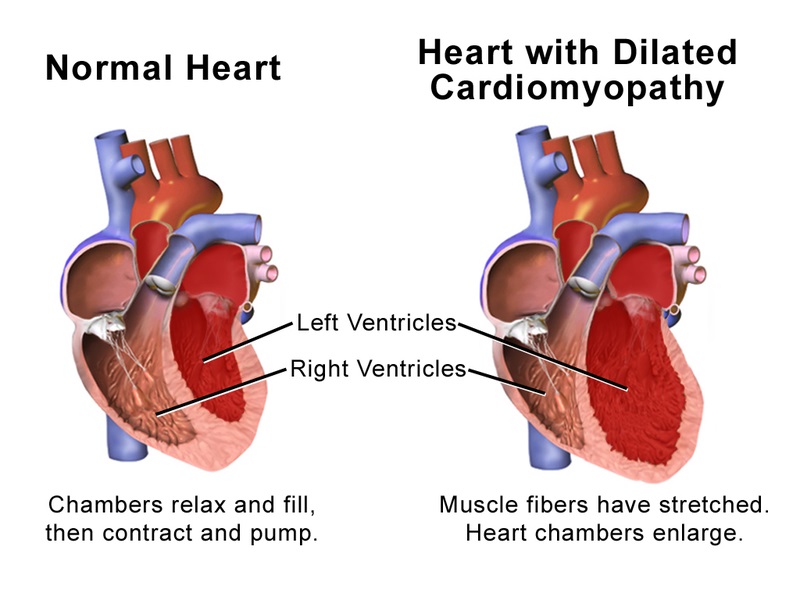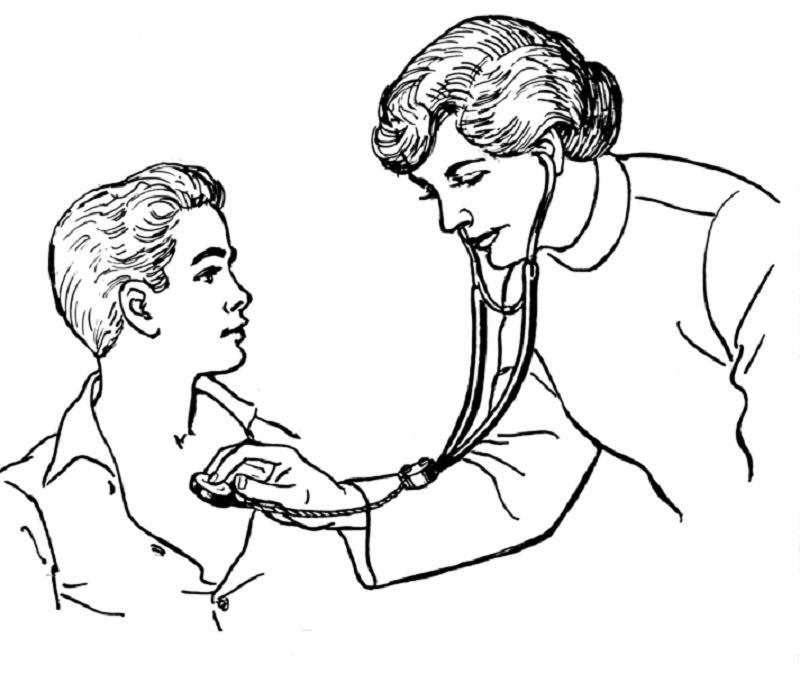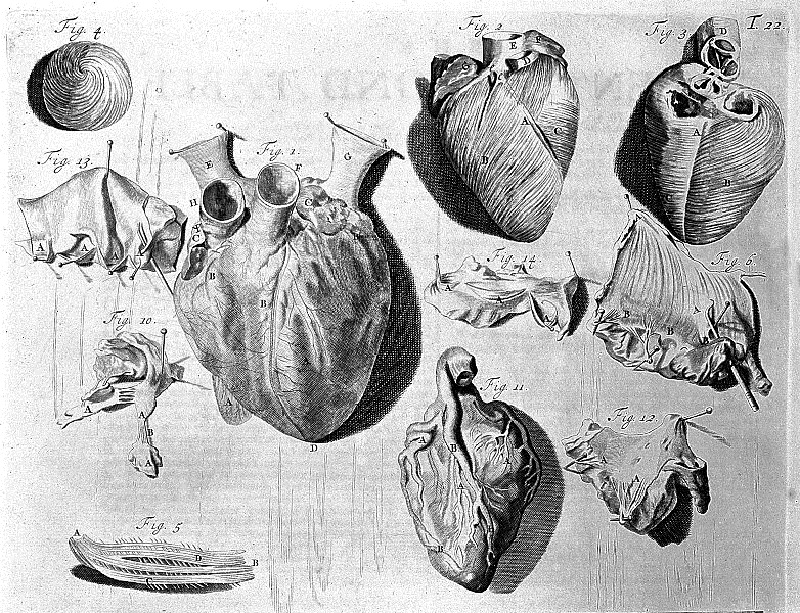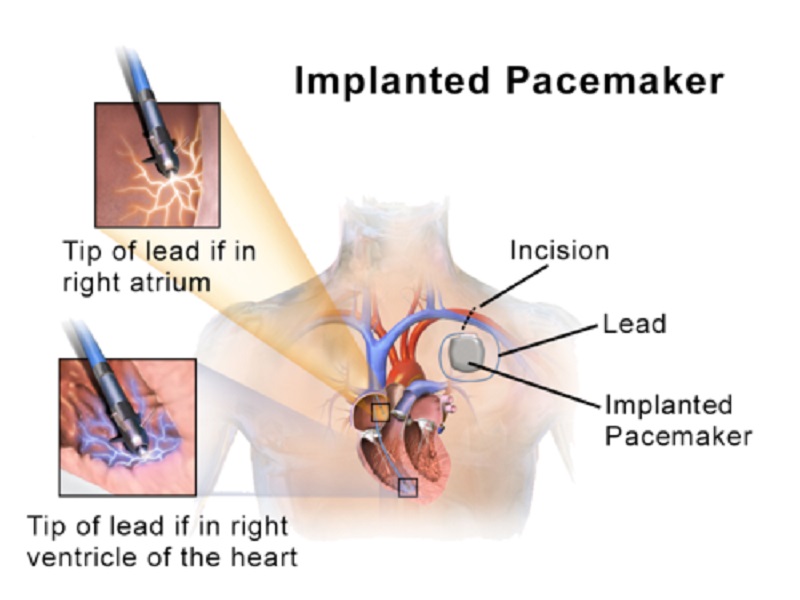 |
| ▲ Comparison of normal heart and heart with cardiomyopathy (Source = Wikimedia Commons) |
Cardiomyopathy is a heart disease in which the heart muscle has difficulty in sending blood. Cardiomyopathy is one of the major causes of heart failure and is treated with drugs, surgery, and heart transplants.
What are the symptoms of cardiomyopathy?
Symptoms of cardiomyopathy include dyspnea, leg swelling, abdominal swelling, fatigue, rapid heart rate, chest pain, and stunning. If the condition is severe, the symptoms are frequent and worsen if not treated properly.
 |
| ▲ Check your heart rate doctor (source = Wikipedia Media Commons) |
What kind of cardiomyopathy is it?
Cardiomyopathy is divided into four types: dilated cardiomyopathy, hypertrophic cardiomyopathy, ischemic cardiomyopathy, and restrictive cardiomyopathy.
Dilated cardiomyopathy is the most common form of cardiomyopathy, with the left ventricle expanding and contracting.
Hypertrophic cardiomyopathy is when some or all of the left ventricle thickens without special reason.
Ischemic cardiomyopathy is a state of weakened heart muscle tissue. It occurs as a complication of heart disease and requires heart transplantation.
Limiting cardiomyopathy is the rarest cardiomyopathy. As the wall of the left ventricle becomes thicker, the left ventricle becomes full of diastolic filling problems.
 |
| ▲ Pacemaker implant (Source = Wikimedia Commons) |
What are the symptoms of hypertrophic cardiomyopathy?
Hypertrophic cardiomyopathy is one of the more common symptoms of cardiomyopathy. Typical symptoms include chest pain, stunning, fast heartbeat, heart murmur, and shortness of breath.
Another name for hypertrophic cardiomyopathy
Hypertrophic cardiomyopathy is also referred to as asymmetric septal hypertrophy, familial cardiomyopathy, hypertrophic cardiomyopathy, obstructive hypertrophic cardiomyopathy, and idiopathic hypertrophic aortic stenosis.
 |
| ▲ Pacemaker implant (Source: De Mohind.com) |
Cardiomyopathy treatment
The treatment of cardiomyopathy for cardiac function recovery depends on the type of cardiomyopathy, extent of injury, and cardiovascular imaging symptoms.
There is no direct cure for cardiomyopathy, but there are indirect treatments that can control cardiomyopathy. These treatments include lifestyle changes, hypertension medications, anti-ischemic drugs, pacemaker implantation, surgery, and heart transplantation.
 |
| ▲ Man suffering from chest pain (Source = Perennial Tin Dipital) |
Cardiomyopathy surgery
If symptoms of aphasia are severe, surgery is necessary, such as resection of the bulkhead, implantation, heart transplantation.
Bulbar muscle resection is also known as cardiac incision surgery. It is administered to patients who do not respond to drugs. Barriers Muscle resection is a way to remove the septal area that affects the left ventricle to improve blood flow.
The implant is a method of transplanting a pacemaker to control arrhythmia and make the heart run normally.
Patients with serious cardiac injuries are replaced by new heart transplants. This is the last resort and is performed for patients diagnosed with terminal cardiac arrest.
![[Health] Severe heart disease requiring surgery, ‘cardiomyopathy kind’ health severe heart disease requiring surgery cardiomyopathy kind](https://moontore.com/wp-content/uploads/2019/02/health-severe-heart-disease-requiring-surgery-cardiomyopathy-kind-1200x700.jpg)


